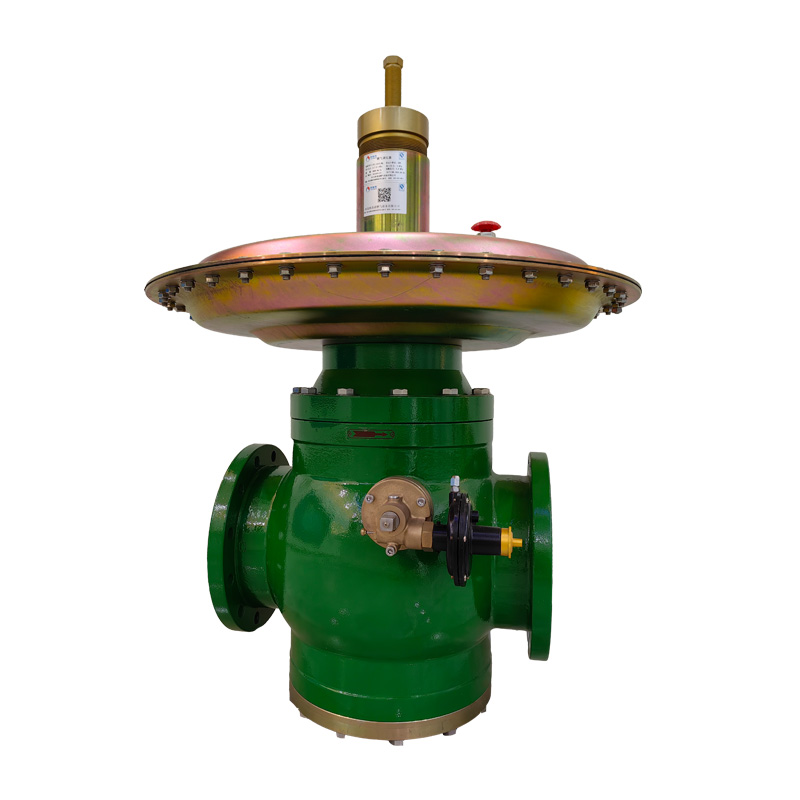
Dec . 29, 2024 01:05
Back to list
صمامات تخفيف الضغط
Understanding Pressure Relief Valves Key Components for Safety and Efficiency
Pressure relief valves (PRVs) are essential safety devices used in various industrial applications to control and manage pressure levels within systems. These critical components are designed to prevent overpressure conditions, which can lead to catastrophic failures, equipment damage, or even severe accidents. This article explores the function, types, and importance of pressure relief valves in maintaining operational safety.
Function of Pressure Relief Valves
The primary function of a pressure relief valve is to release excess pressure from a system when it exceeds a predetermined safe limit. This limit is typically set based on the specifications of the equipment and the characteristics of the substances being handled. When pressure builds up, the valve opens to allow the excess fluid to escape, thereby reducing the pressure to a safe level. Once normal conditions are restored, the valve will close, preventing any further leakage.
Types of Pressure Relief Valves
Pressure relief valves come in various designs, each suited for specific applications. The most common types include
1. Spring-Loaded Pressure Relief Valves These are the most widely used PRVs. They operate based on a spring mechanism that holds the valve closed until the system pressure exceeds the set limit. When activated, the valve opens and releases pressure.
2. Pilot-Operated Pressure Relief Valves These valves use system pressure to facilitate operation. They are highly precise and can handle larger flow rates than spring-loaded valves. They consist of a small pilot valve that controls a larger main valve.
3. Differential Pressure Relief Valves These valves are used in processes where the pressure differential between two points is critical. They can release fluid only when the pressure difference exceeds a set point.
صمامات تخفيف الضغط

4. Thermal Relief Valves Specifically designed to address the issues that arise from thermal expansion, these valves discharge excess fluid when the temperature rises, which can cause an increase in pressure.
Importance of Pressure Relief Valves
The significance of pressure relief valves cannot be overstated. They play a vital role in preventing accidents and ensuring the safety of personnel and equipment. Here are several reasons why PRVs are essential
1. Safety The primary goal of any pressure relief system is to protect against overpressure scenarios that can lead to explosions or equipment failure. By effectively managing pressure, PRVs contribute to a safer working environment.
2. Equipment Protection Many industrial processes involve high pressures, and failure to manage these pressures can result in costly damage to machinery and infrastructure. PRVs help maintain operational integrity, reducing repair and replacement costs.
3. Regulatory Compliance In many industries, regulations mandate the use of pressure relief devices to ensure safety. Compliance with these regulations not only protects workers but also avoids legal repercussions.
4. Operational Efficiency By preventing pressure build-up and related issues, PRVs contribute to more efficient and uninterrupted operations. They allow for optimal performance of systems, which is crucial in continuous production environments.
Conclusion
In conclusion, pressure relief valves are critical components in any system that handles pressurized substances. Their ability to maintain safe pressure levels not only protects equipment and personnel but also ensures compliance with industry regulations and enhances operational efficiency. As industries continue to evolve and develop more advanced technologies, the role of pressure relief valves will remain paramount in safeguarding processes and preventing disasters. Investing in quality PRV systems and regular maintenance checks is essential for any operation that prioritizes safety and efficiency.
Latest news
-
Safety Valve Spring-Loaded Design Overpressure ProtectionNewsJul.25,2025
-
Precision Voltage Regulator AC5 Accuracy Grade PerformanceNewsJul.25,2025
-
Natural Gas Pressure Regulating Skid Industrial Pipeline ApplicationsNewsJul.25,2025
-
Natural Gas Filter Stainless Steel Mesh Element DesignNewsJul.25,2025
-
Gas Pressure Regulator Valve Direct-Acting Spring-Loaded DesignNewsJul.25,2025
-
Decompression Equipment Multi-Stage Heat Exchange System DesignNewsJul.25,2025

